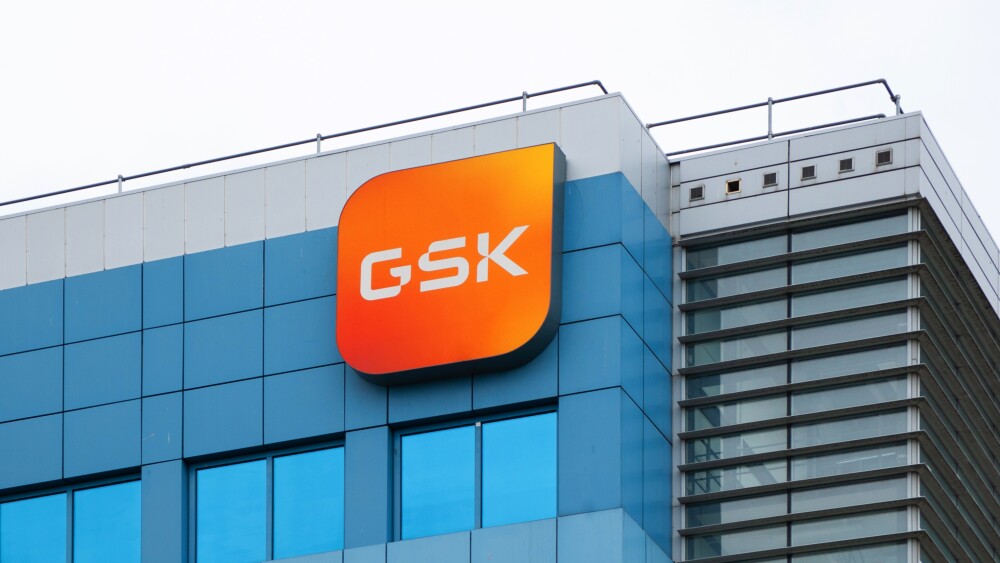The San Francisco Bay Area, and South San Francisco in particular, is a fast-growing area for the biotech industry.
October 13, 2017
By Mark Terry, BioSpace.com Breaking News Staff
The San Francisco Bay Area, and South San Francisco in particular, is a fast-growing area for the biotech industry. And with that growth comes a key problem—where are people going to live? Any visitor to the heart of South San Francisco’s biotech area realizes pretty quickly that the city is largely an industrial park with little housing and few amenities such as restaurants and grocery stores. And the prices for housing in the entire San Francisco Bay Area are sky high.
It’s a problem that is getting some scrutiny on the part of developers in the area. The developers of the Landing at Oyster Point, a hot area of biotech growth in South San Francisco, have proposed shifting half of its proposed $2 billion research-and-development-focused project into mid-rise and high-rise housing. Although this is something that might make biotech staffers who make long commutes happy, it’s receiving some pushback from biotech company leaders.
“A number of companies have come to us” over concerns about the plans, Sara Radcliffe, the president and chief executive officer of the South San Francisco-based California Life Sciences Association told the San Francisco Business Times.
The specific plan is to turn about half of the Landing at Oyster Point into 1,200 housing units, probably in the form of mid-rise and high-rise apartments. The site, which broke ground in October, is part of a $60 million infrastructure project funded by Oyster Park Development. It is partially located on a former landfill a mile east of Highway 101 and would be made up of a three-building, 10-acre first phase of 580,000 square feet of R&D and office space.
The city and developers are carving up the area like beef cattle, with each group debating on the best use for their piece of the cow. The second phase is 1 million square feet of office and R&D space on 10 acres. On its 28 acres, the city of South San Francisco will choose a hotel developer and reserve open space. It’s expected to include a fire station and 50,000 to 60,000 square feet of commercial space.
What’s mostly at issue is 20 acres that developer has and what to do with it. The San Francisco Business Times writes, “If OPD wins an expansion of its entitlement, it could shed 725,000 square feet of R&D and office space in favor of 1,200 housing units. The first five residential buildings—three as rental, two as for-sale condominiums—would be four to five stories built over two-story parking garages.” And on the north side, OPD is considering residential towers of 15 and 22 floors.
Opposition to the shift revolves around additional traffic problems, especially along Oyster Point Boulevard and East Grand Avenue and biotech companies’ ability to attract and retain staff. There is also concerns that residents in the area will have issues with biotech companies 24/7 operations.
“We recognize that in a life sciences cluster, you need more than life sciences companies,” Radcliff told the Times. “But the changes (OPD proposes) would make it less successful as a life sciences cluster. You’ll start going the wrong direction.”
And the peninsula in general is also getting more than 2 million square feet of biotech space being developed by HCP Inc., BioMed Realty, Phase 3 Real Estate Partners and Alexandria Real Estate Equities Inc.
“In general, as far as I’m concerned, we need more housing,” said South San Francisco Mayor Pradeep Gupta to the Times. He prefers housing east of 101 near Catlrain and the ferry terminal. “Building residential as part of Oyster Point—that’s more serious, more substantial. That’s a big chunk—1,200 units.”





